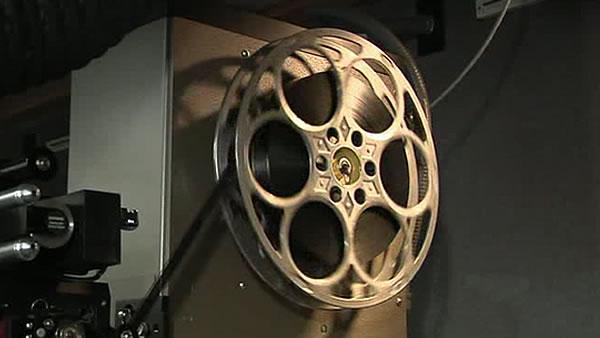Montage has three slightly different contexts:
- French film montage
- Hollywood montage
- Early Soviet filmmaking
The meaning of 'montage' in French simply means just editing the film.
The literal french meaning "Assembly".
Hollywood Cinema
Hollywood Cinema takes shots through out the whole day and then the editor will go and chose which parts are the best to keep for the filming. This can be seen in the movie "Rocky" as we go along through his day of training for a big boxing match that he has coming up. You can see that they have taken the good parts of Rocky's training so that we can see how hard working he is.
Early Soviet Filmmaking
With Soviet Montage, "montage" had a different meaning. The film makers started juxtaposing shots to create new meaning that did not exist in either shot alone. This is used for comparing two different things to reveal a hidden or deeper meaning. Lev Kuleshov was a young soviet film maker and did an experiment in 1920 where he took an old film clip of a head shot of a Russian actor and an inter-cut the shot with different images. By Putting the the picture of the actor and the dead child, the audience can see that the actor is sad then by putting him next to a picture of food the audience think he is hungry and then putting him next to a picture of a woman the audience think he is thinking of lust. If the picture of the actor was on his own, then the audience would not know what he was thinking about or what he was feeling.
In the 1925 film Strike! (Seget Eisenttein) Soviet filmmaking is used to reveal a hidden or deeper meaning such as the Russian troops were mistreating the strikers and this can be seen in the clips of the butchers slaughtering the cattle. The first two scenes seem unrelated until the Russian troops start killing the striking works, linking the butcher to the Russian troops and the works to the cattle that is being slaughtered by the butcher. This is telling the audience the striking workers were being killed like they were animals.



